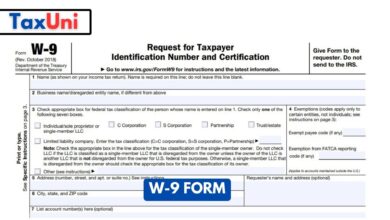Pub 505
IRS Publication 505 is a valuable resource that helps individuals navigate the intricacies of tax withholding and estimated tax calculations. By understanding these concepts, individuals can ensure compliance and accurately estimate their tax liabilities throughout the year.

Publication 505, Pub 505 for short, offers detailed guidance on calculating estimated tax. It helps employees determine how much withholding they should expect to receive throughout the year, which is important for filing accurate taxes. It also includes instructions for claiming nonwage income, such as tips, fringe benefits, and pensions. It also covers the types of income subject to tax withholding, including earnings from self-employment and rental properties.
By following the guidelines outlined in Pub 505, taxpayers can ensure compliance and minimize penalties by accurately estimating their tax liabilities throughout the year. This guide also explains how to determine the appropriate withholding allowances using the W-4 form and makes it clear that those who are self-employed should make quarterly estimated payments to avoid underpayment penalties. Overall, IRS Publication 505 provides a comprehensive overview of the ins and outs of tax withholding and estimations that will benefit individuals and businesses alike. The 2023 edition of IRS Pub 505 contains a correction to line 3 in Worksheet 2-4, Standard Deduction Worksheet, on page 33.

Tax Withholding and Estimated Tax
Whether you are a new hire or have been working for years, it is important to check that you have the right amount of tax withheld from each paycheck. Withholding, also called Pay-as-you-Go or Prélèvement à la source, is income tax your employer withholds from your paycheck and sends to the IRS on your behalf. This money helps fund a variety of programs, including national defense, foreign affairs, law enforcement, education, and transportation. You can adjust how much is withheld by completing Form W-4, which specifies your number of allowances. Life events such as buying a home, having a baby, or getting married can change your filing status and therefore impact how much is withheld.
While most American employees have regular federal and state tax withholdings taken out of their paychecks, some individuals must make estimated tax payments. This is especially true for people who earn income that can’t be taxed through withholding, such as self-employment income, interest, dividends, capital gains, and rents. Estimated taxes are due quarterly, and penalties can be imposed if the amount paid quarterly plus the total tax liability for the year is not enough. The IRS has a worksheet to help you figure out how much you’ll need to pay each quarter. It’s important to remember that you must add in your taxable social security benefits, Medicare contributions, and any deductions you may qualify for.





